Welcome, fellow pet enthusiasts and green thumbs! In the quest for a harmonious living space that accommodates both our beloved pets and our love for plants, finding the right balance is key. In this guide, we’ll embark on a journey to discover the wonders of pet-friendly plants, whether they grace the interior of our homes or flourish in our outdoor landscapes.
Benefits of Pet-Friendly Plants:
Our homes are not just spaces; they are environments that influence our well-being, and the same goes for our furry companions. Pet-friendly plants offer more than just aesthetic appeal; they contribute to a healthier and happier atmosphere for everyone sharing the space.
From improving air quality to reducing stress, the benefits are numerous. Certain plants even bring specific health advantages to our pets, making them valuable additions to any pet-friendly home. Let’s delve into the world of indoor greenery that not only complements our decor but also enriches our pets’ lives.
Indoor Pet-Friendly Plants:
In the lush tapestry of indoor plants, a diverse array awaits, offering both charm and pet-safe companionship. Here are some captivating options to consider:
Air Plants (Tillandsia):
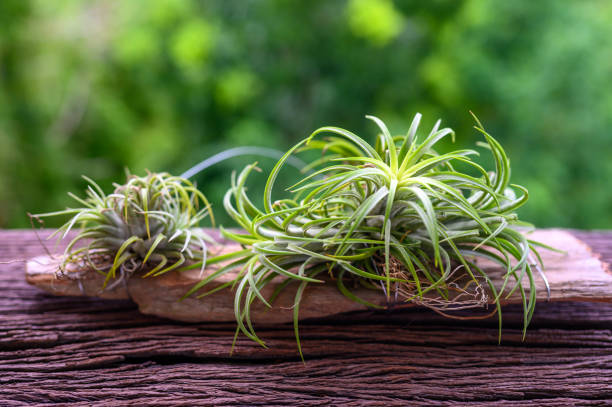
- These unique plants don’t require soil, making them an intriguing and pet-friendly choice. Display them in creative ways, such as hanging terrariums or mounted on driftwood.
What are the benefits of having a Air Plant?
Air plants, belonging to the Bromeliad family, offer a distinctive and versatile presence in indoor spaces. Their unique feature of not requiring soil makes them adaptable and easy to care for. These low-maintenance plants showcase a range of captivating shapes and textures, from the elegant Tillandsia Xerographica to the charming Tillandsia Ionantha. Beyond their aesthetic appeal, air plants contribute to air purification by absorbing carbon dioxide during the day and releasing oxygen at night. Their adaptability allows for creative display options, such as placing them in glass terrariums, mounting them on driftwood, or suspending them in the air. Not only do air plants enhance the visual atmosphere of a space, but they also provide educational opportunities, making them a delightful addition to any indoor garden.
Prayer Plant (Maranta leuconeura):
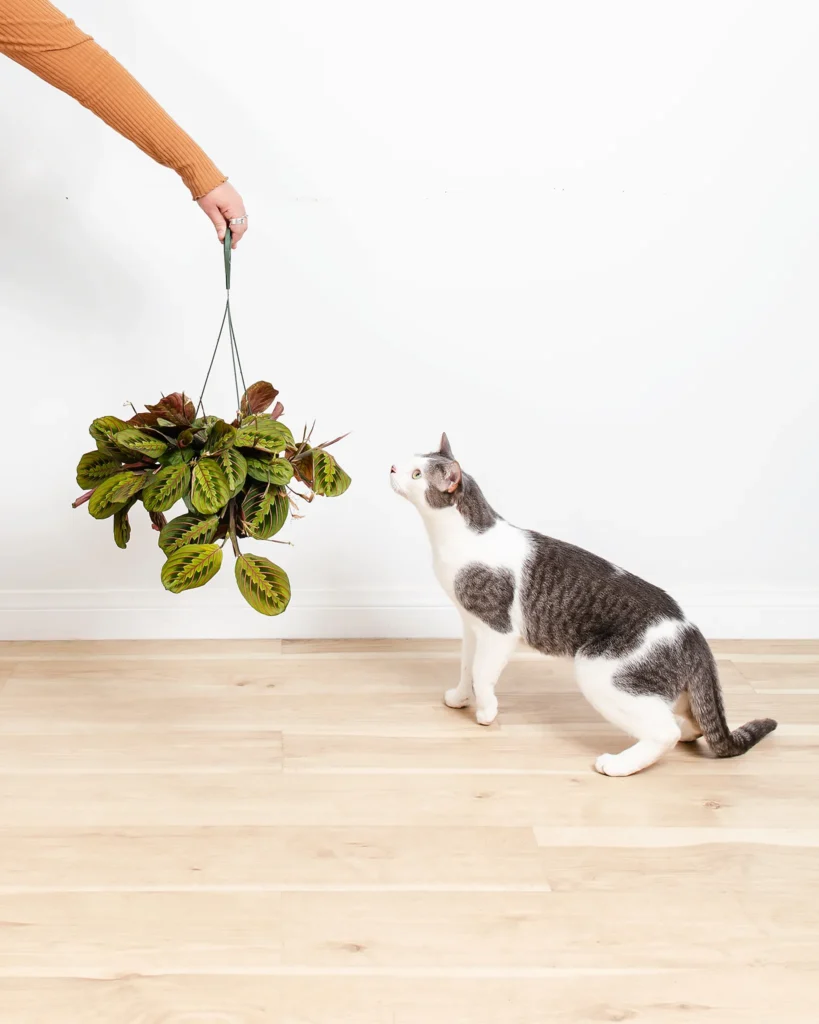
- With its striking foliage that folds upward at night, the prayer plant adds a touch of drama to any room. It’s non-toxic and perfect for pet-friendly households.
How did the Prayer Plant Get It’s Name?
The Prayer Plant is a captivating and a popular choice among indoor plant enthusiasts. Named for its unique habit of folding its leaves upward at night, resembling hands in prayer, this plant adds a touch of drama and elegance to any room.
With its attractive, broad leaves adorned with intricate patterns, the Prayer Plant is not only visually appealing but also safe for pets, making it an excellent choice for pet-friendly households. It thrives in low to medium light conditions, making it suitable for various indoor spaces. Beyond its aesthetic charm, the Prayer Plant is known for its responsiveness to light, as its leaves open and close with the sun’s movements. Caring for this plant involves maintaining consistent moisture, ensuring high humidity, and providing indirect sunlight. Its ability to adapt to different environments and its striking appearance make the Prayer Plant a beloved addition to indoor gardens and an intriguing conversation starter. Whether displayed in a hanging basket or on a tabletop, the Prayer Plant brings both beauty and a touch of theatricality to interior landscapes.
Calathea (Calathea spp.):
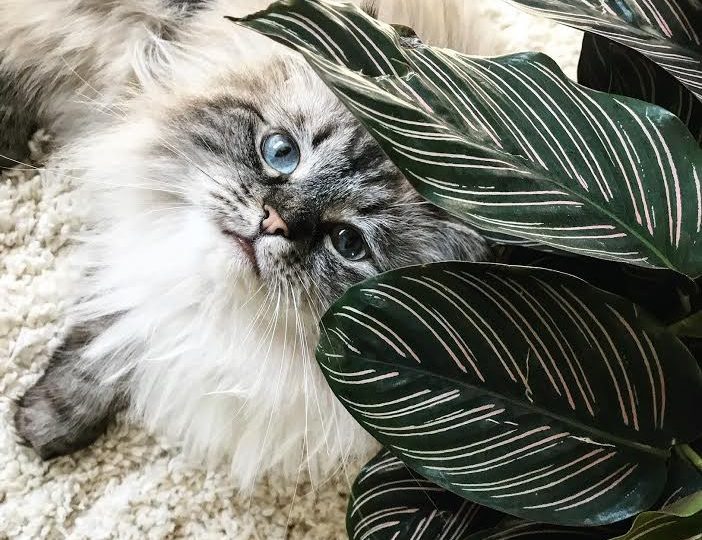
- Known for their vibrant, patterned leaves, Calathea plants bring a splash of color to indoor spaces. These plants are safe for pets and thrive in low to medium light.
Are there common species?
Calathea, a genus of tropical plants, encompasses a stunning array of species known for their vibrant, patterned leaves and unique foliage. Popular choices among indoor plant enthusiasts, Calathea plants bring a touch of exotic beauty to homes. One well-known species, for example, is the Calathea ornata, or the “Pinstripe Plant,” recognized for its contrasting pink stripes against dark green leaves. Another favorite, the Calathea medallion, showcases intricate patterns resembling artistic brushstrokes. Calathea plants are not only prized for their visual appeal but are also pet-friendly, making them a fantastic choice for households with furry friends.
African Violet (Saintpaulia):
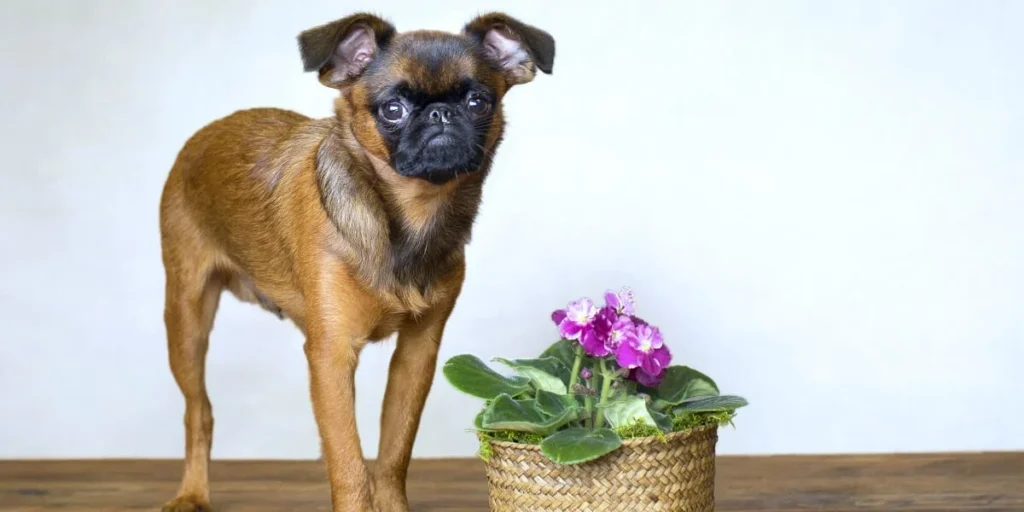
- For a burst of color, consider the African violet. This petite flowering plant is not only visually appealing but also safe for cats and dogs.
What is the best environment?
One of the notable features of African Violets is their compact size, making them ideal for tabletops, windowsills, or as part of a vibrant indoor garden. They thrive in moderate, indirect light, making them suitable for various indoor environments. While they don’t require direct sunlight, providing consistent light is crucial for optimal blooming.
Peperomia (Peperomia spp.):
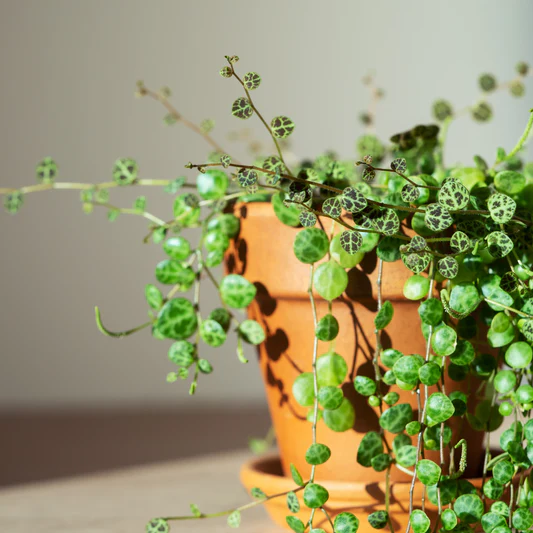
- With its fleshy leaves and variety of textures, peperomia plants are both decorative and pet-friendly. They come in different species, each with its own unique charm.
What makes these versatile indoor plants?
One of the key attractions of Peperomia is its adaptability to different indoor environments. They thrive in bright, indirect light but can also tolerate lower light conditions, making them versatile and suitable for various spaces within the home. Their compact size and slow growth rate make them ideal for tabletops, shelves, or as part of a mixed plant arrangement.
As you welcome these indoor companions into your home, be mindful of their individual care requirements. Tailoring your care routine to suit their needs ensures a flourishing indoor garden that poses no harm to your furry friends.
Outdoor Pet-Friendly Plants:
Transforming your outdoor space into a pet-friendly haven involves selecting plants that not only add beauty but are also safe for your furry companions. Here are some resilient and pet-friendly options:
Lavender (Lavandula spp.):
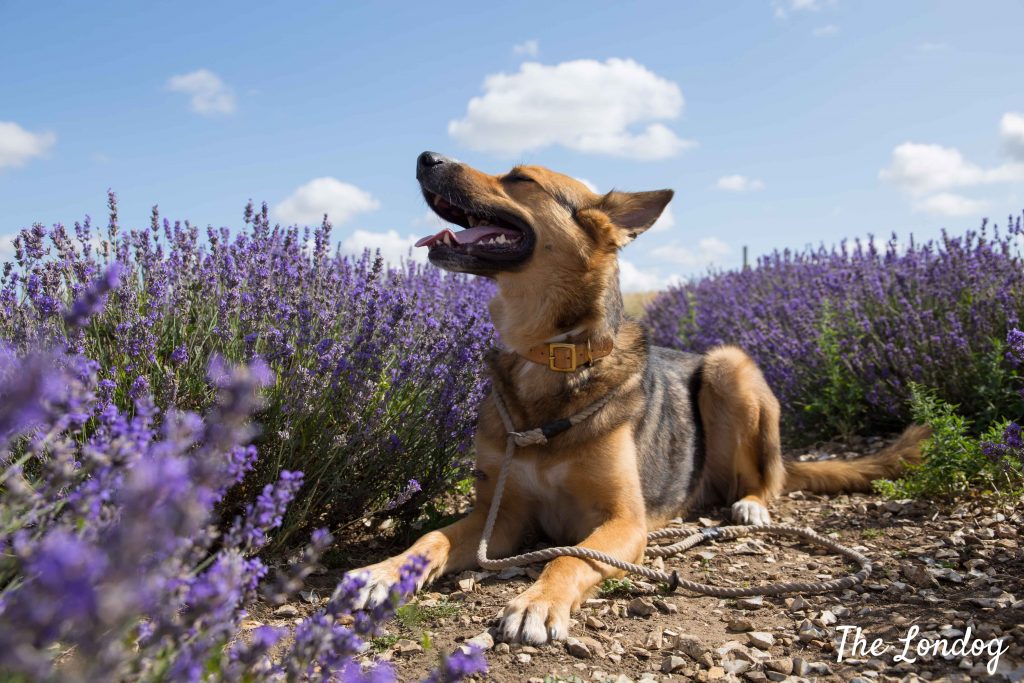
- Known for its fragrant blooms and drought-resistant nature, lavender is a lovely addition to outdoor spaces. It’s not only safe for pets but can also act as a natural pest repellent.
Did you know that Lavender can be used in cooking?
Lavender’s timeless appeal extends to its culinary uses, where its flowers are employed to flavor dishes, teas, and desserts, adding a subtle, aromatic touch to various recipes. Whether gracing garden borders, adorning bouquets, or serving as a fragrant herb in the kitchen, Lavender remains a cherished and versatile plant, bringing beauty and aromatic delight to gardens and homes alike.
But you already knew that… 😉
Catnip (Nepeta cataria):
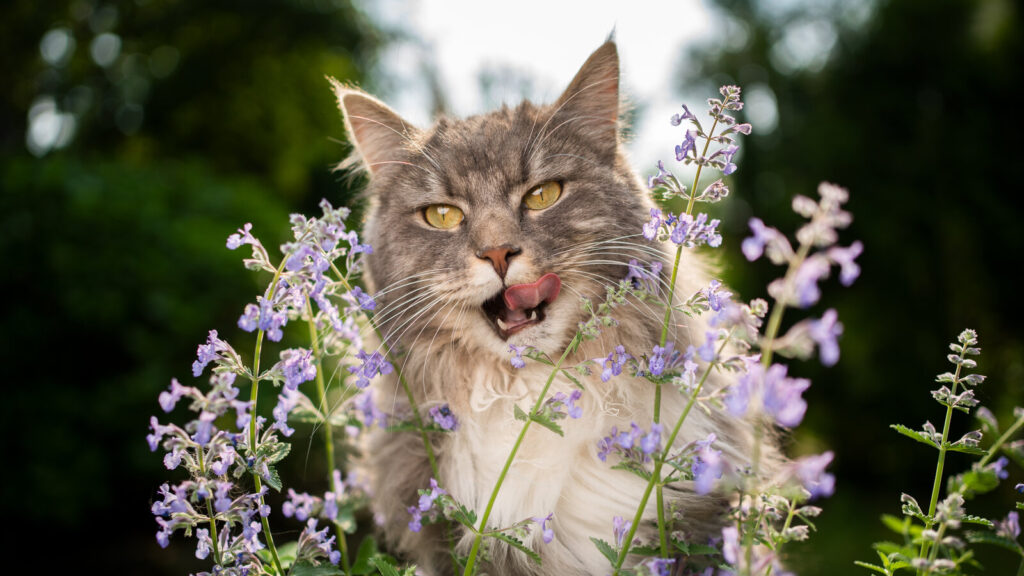
- If you have feline friends, catnip is a must. This herb, a member of the mint family, is safe for cats and can be a source of entertainment for them.
I thought catnip was just for cats!
Beyond its captivating effects on cats, Catnip (Nepeta cataria) serves various practical and enjoyable purposes for humans. The dried leaves of Catnip can be infused to create a soothing herbal tea, known for its mild sedative properties, promoting relaxation and alleviating stress. In traditional medicine, Catnip has been used to address ailments such as indigestion, headaches, and insomnia. Its pleasant aroma also makes it suitable for crafting aromatic sachets or potpourri. Additionally, Catnip is a natural insect repellent, particularly effective against mosquitoes, making it a useful addition to gardens or outdoor spaces. Whether enjoyed as a calming herbal infusion, used for its aromatic qualities, or cultivated for its insect-repelling attributes, Catnip proves to be a versatile herb with benefits extending beyond the entertainment of our feline friends.
Sunflowers (Helianthus annuus):
- With their bright and cheerful blooms, sunflowers are not only a visual delight but are also safe for pets. Plant them in sunny spots to bring vibrancy to your outdoor area.
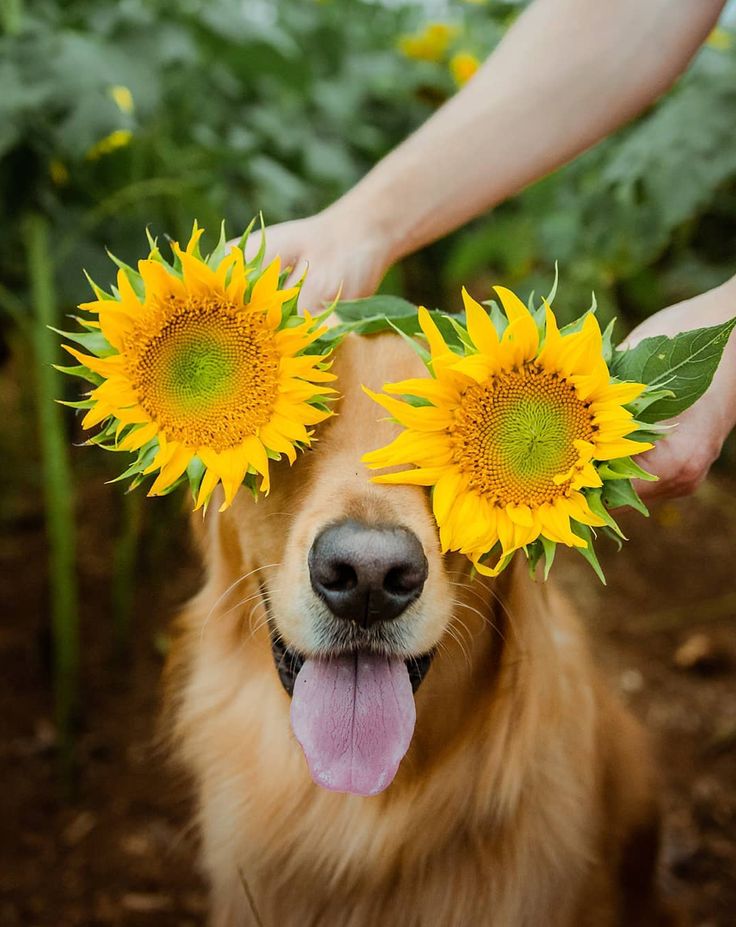
Help the Bees!!! Plant sunflowers!
These hardy annual plants thrive in full sunlight and well-drained soil, making them a popular choice for gardens and landscapes. Beyond their visual appeal, sunflowers play a functional role as they attract pollinators like bees and butterflies. With their towering stems, sunflowers create a striking presence, adding a cheerful and uplifting atmosphere to any outdoor space. Whether swaying in the breeze in a garden or gracing a vase indoors, sunflowers bring a touch of summer and brightness wherever they bloom.
Rosemary (Rosmarinus officinalis):
- This aromatic herb is not only a culinary delight but also a pet-friendly plant. It thrives in the Southern California climate and can be a versatile addition to your outdoor space.
How is Rosemary beneficial for animals?
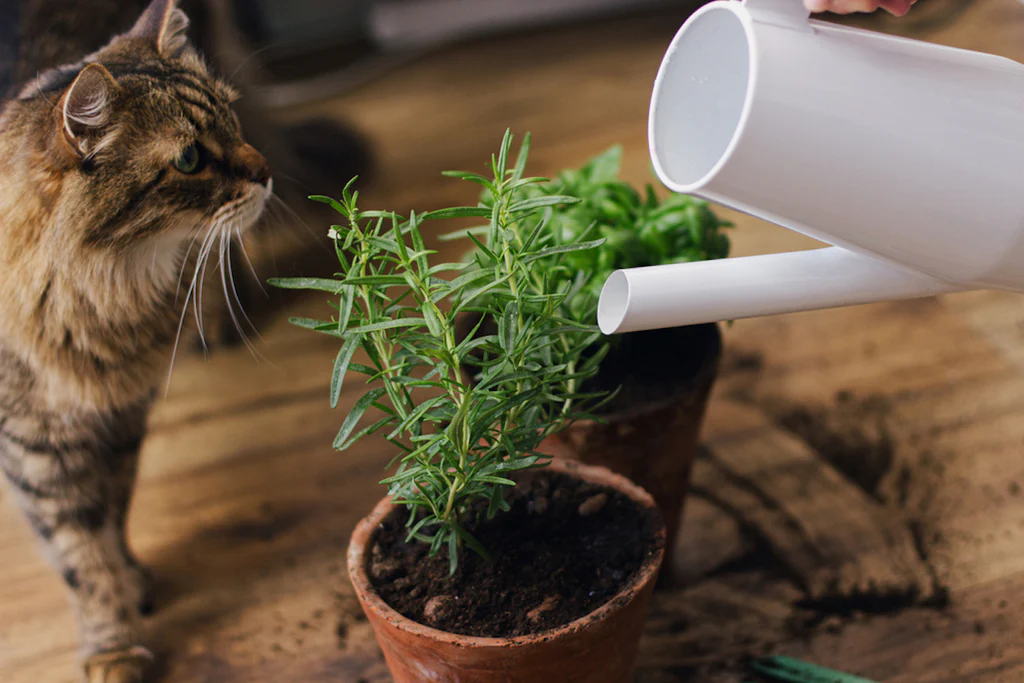
- Insect Repellent for Animals: Rosemary is known for its natural insect-repelling properties. Placing dried rosemary or a diluted rosemary essential oil solution on pet bedding or collars can help deter insects like fleas and ticks.
- Antioxidant Properties: The antioxidants found in rosemary may provide health benefits for animals as they do for humans. In some cases, including small amounts of fresh or dried rosemary in a pet’s diet might contribute to their overall well-being.
- Aromatherapy for Calming: The aroma of rosemary has been suggested to have calming effects. While it’s not a substitute for professional veterinary care, the scent of rosemary may contribute to a calming environment for animals in certain situations.
Snapdragons (Antirrhinum spp.):
- Known for their vibrant and “snap-able” flowers, snapdragons add a playful element to gardens. These colorful blooms are safe for pets and can add vertical interest to your outdoor landscape.
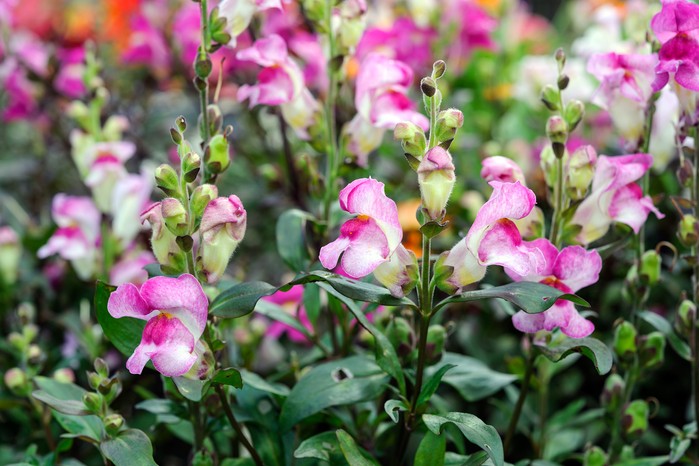
Snapdragons are another versatile pet-friendly plant
These annual or perennial plants are versatile, suitable for both garden beds and containers, and they add vertical interest to landscapes with their tall spikes. Snapdragons thrive in full to partial sunlight and well-drained soil, making them a fantastic choice for various garden settings. Their blooming period extends from spring to fall, providing continuous color and charm throughout the growing season.
In conclusion..
In the pursuit of creating harmonious and pet-friendly spaces, our journey has explored a delightful array of plant! From the playful allure of Catnip to the calming aroma of Lavender, each plant discussed adds its unique charm to our homes and gardens.
Feel free to share your experiences, insights, or favorite pet-friendly plants in the comments below. Let’s continue to cultivate spaces where plants and pets thrive together!
Lastly… Don’t forget to follow us on instagram! And if you find yourself in need of help with your home gardens, don’t hesitate to contact us!



